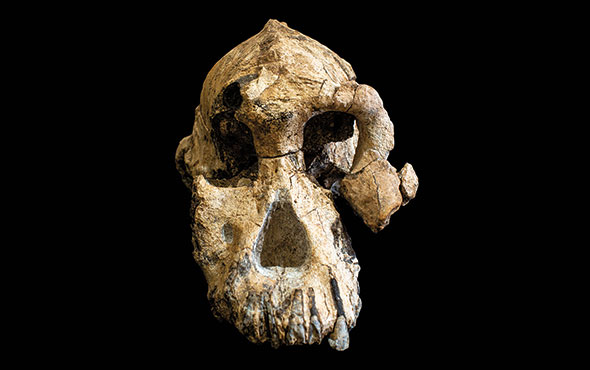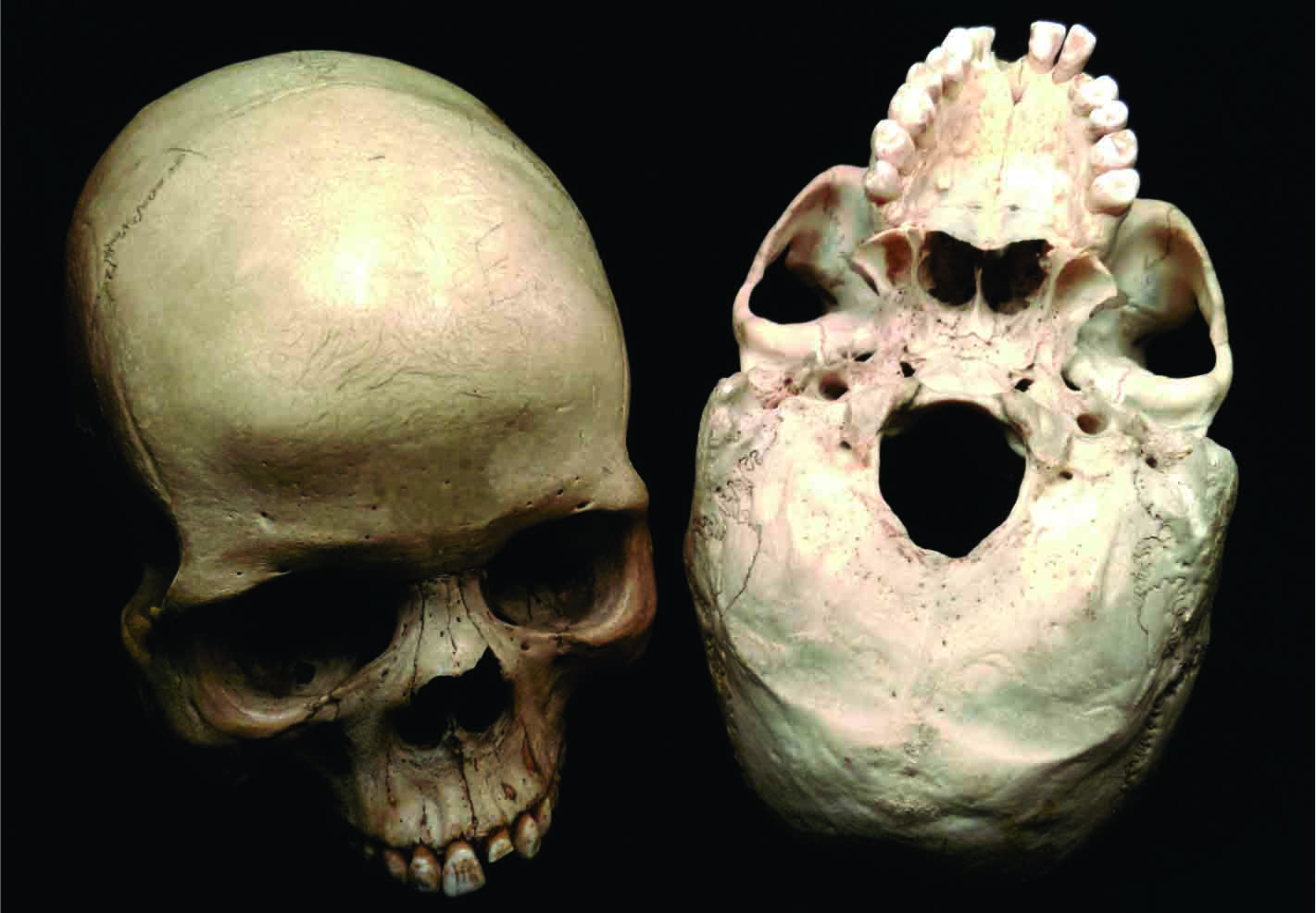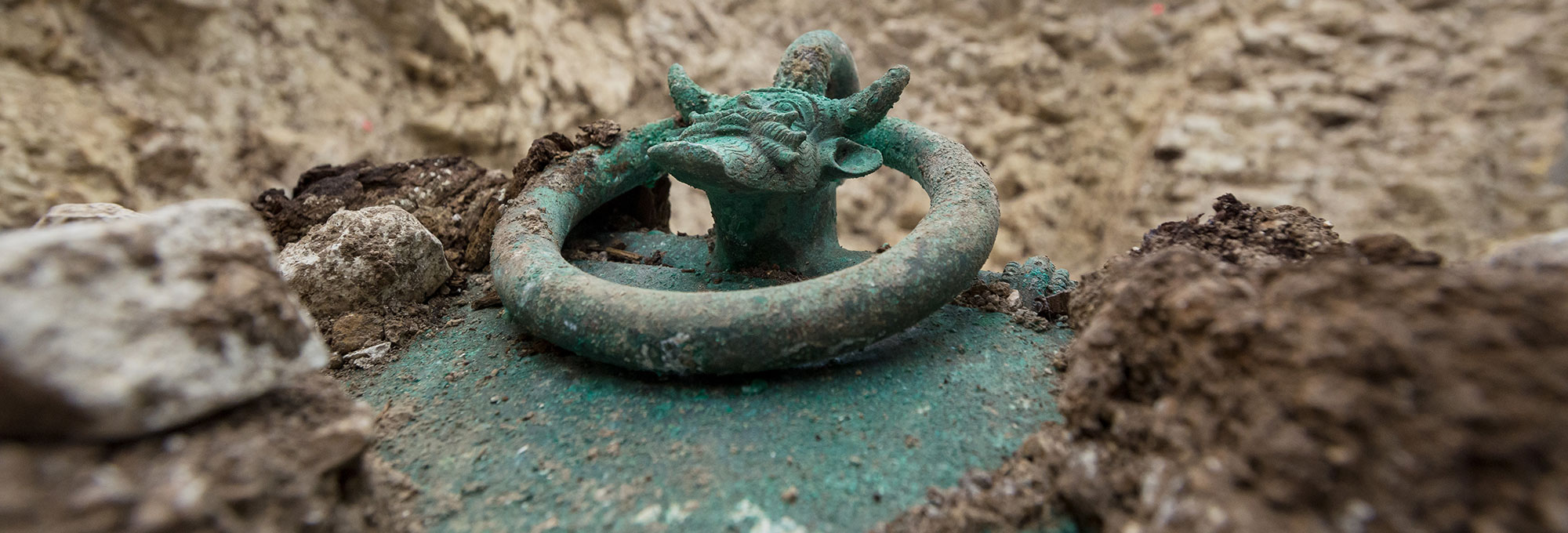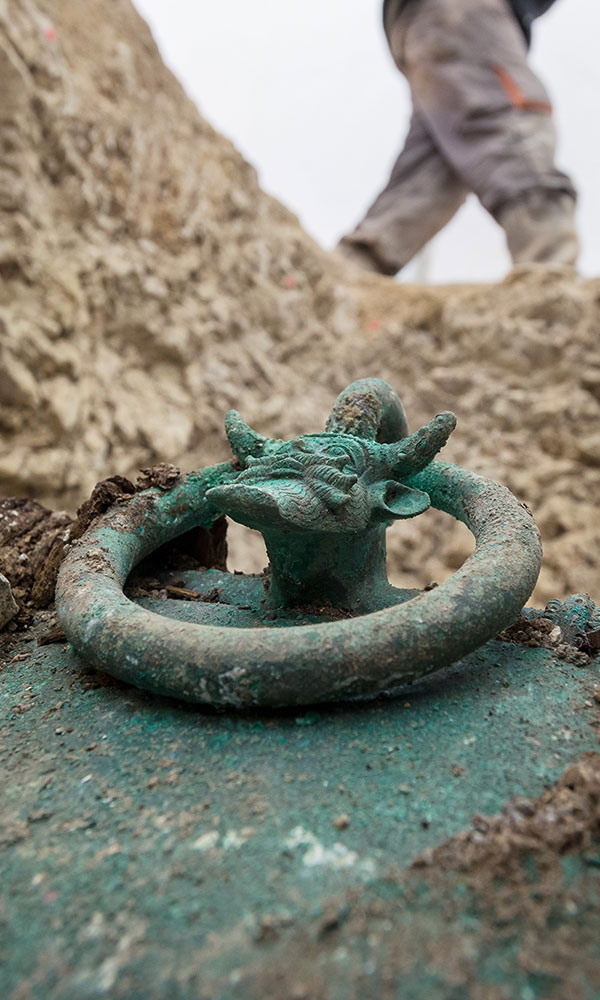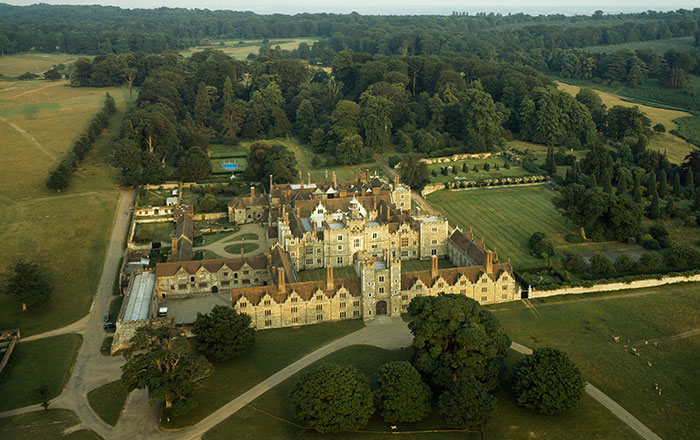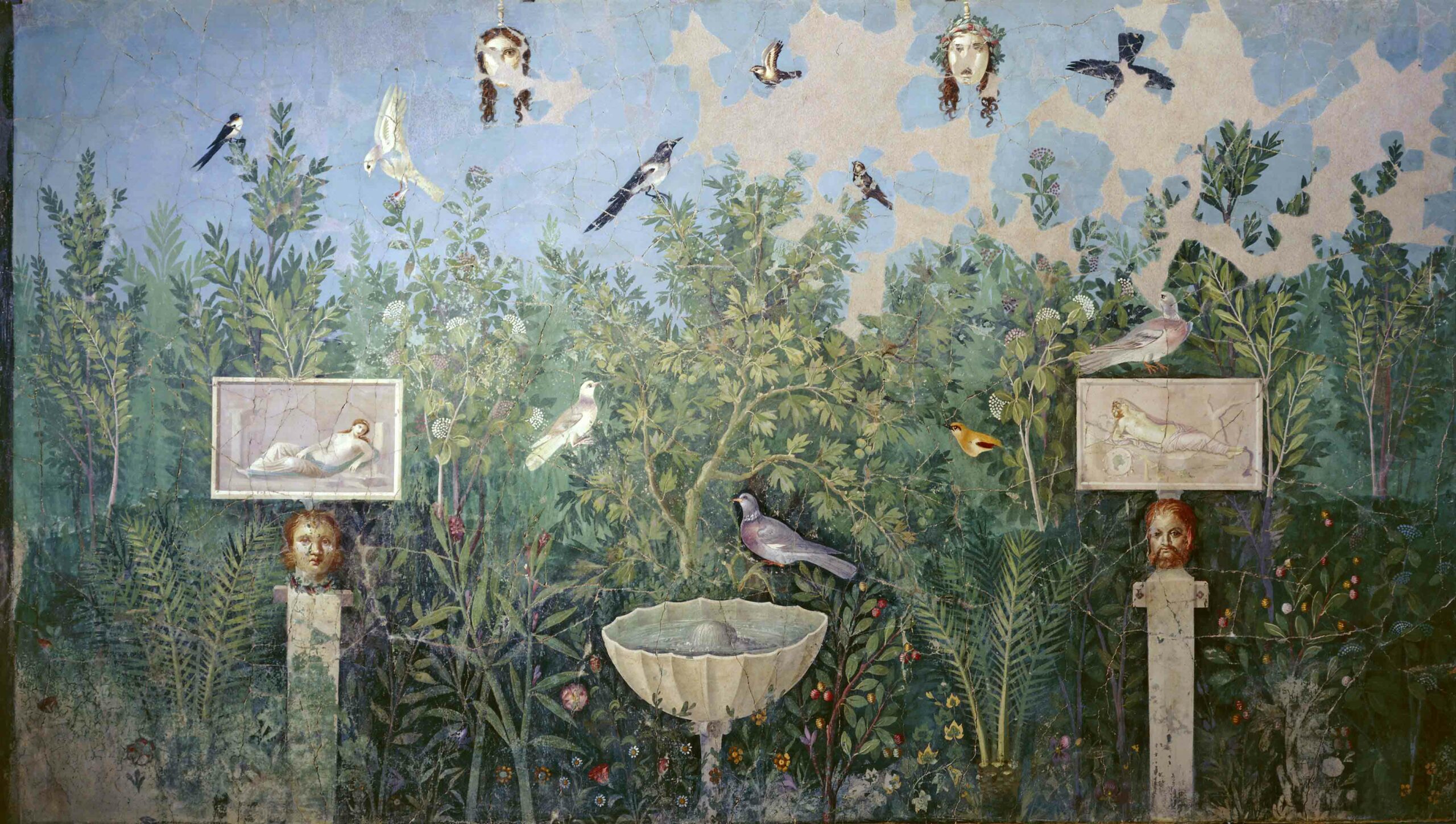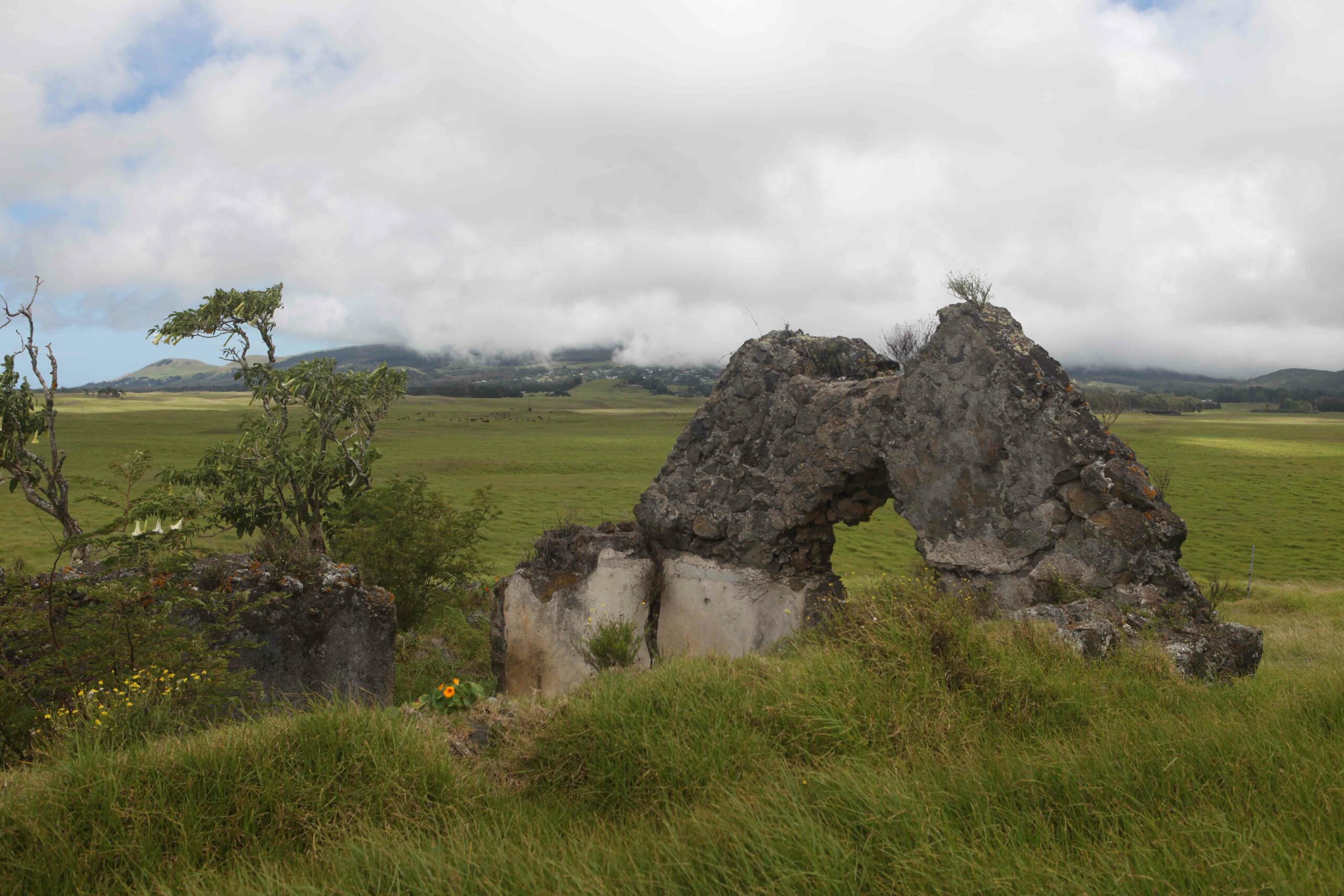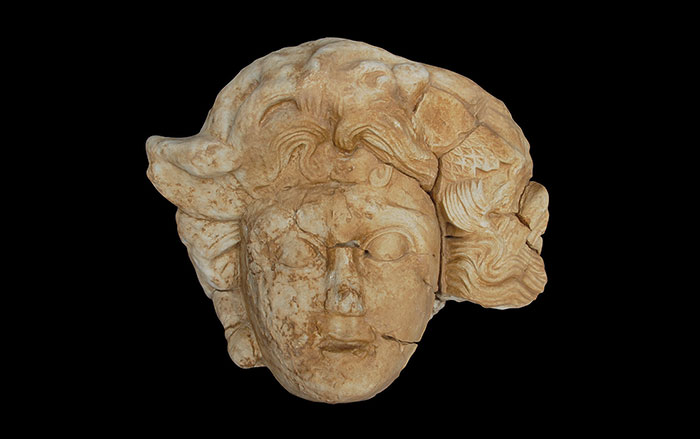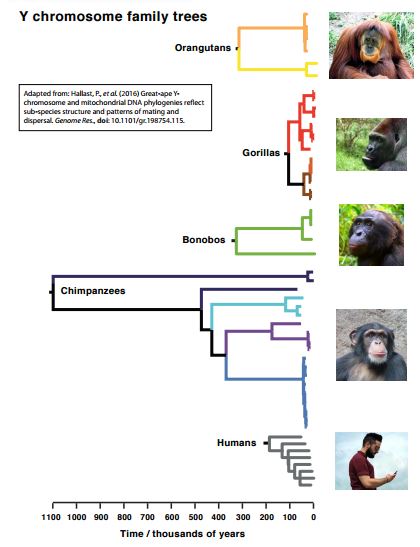
LEICESTER, ENGLAND—Researchers led by Mark Jobling of the University of Leicester studied the Y-chromosomes, inherited from fathers, and mitochondrial DNA, inherited from mothers, of chimpanzees, bonobos, gorillas, and orangutans. They then constructed genealogical trees for each species, and found that the ancestor of the chimpanzee Y-chromosome family tree lived more than one million years ago. In contrast, the so-called “Y-chromosomal Adam” for gorillas lived only 100,000 years ago. The shapes of the family trees are also very different. “The Y-chromosome tree for gorillas is very shallow, which fits with the idea that very few male gorillas (alpha males) father the offspring within groups. By contrast, the trees in chimpanzees and bonobos are very deep, which fits with the idea that males and females mate with each other more indiscriminately,” team member Pille Hallast of the University of Leicester said in a press release. The human family tree, which stretches back about 200,000 years, is shaped more like the gorilla tree than the chimpanzee, suggesting that over the course of evolution, humans practiced a polygynous system. For more, go to "Decoding Neanderthal Genetics."



